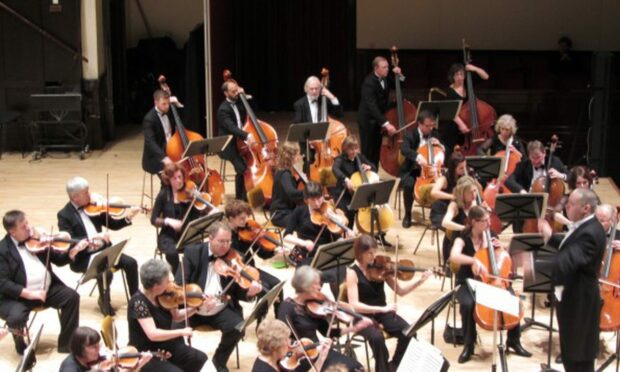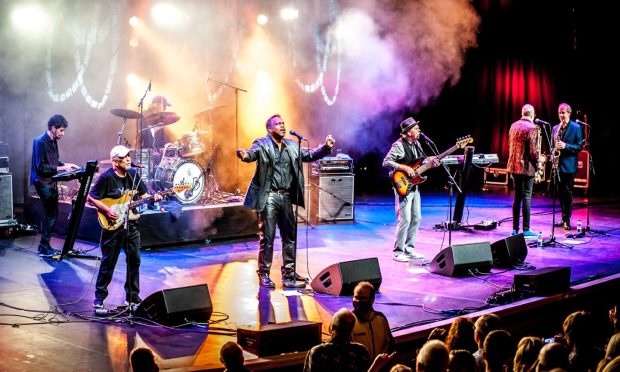The Dundee Symphony Orchestra under its conductor Robert Dick gave its annual large-scale November concert on Saturday at the Caird Hall.
As usual, this ended with a popular romantic showstopper in Dvorak’s ‘New World’ Symphony. This is the principal result of the composer’s visit to the USA from 1892-95 that allowed him to base a work on researches into American thematic material.
Gershwin, Copland and Barber
That gives a hint of the theme for the evening. ‘Music from the New World’ also featured three pieces by American composers of the 20th Century, George Gershwin (born 1898), Aaron Copland (1900) and Samuel Barber (1910).
These three examples of their work could hardly be more different, and yet they formed a satisfying group.
Copland can be a confusing composer. Some of his compositions can seem acerbic and modernist. However the works that seem to have enduring popularity are highly melodic pieces, particularly his ballets such as Billy the Kid, Rodeo and Appalachian Spring.
His Fanfare for the Common Man certainly falls into that group of easily approachable pieces, and marked the USA’s entry to the war after the Pearl Harbor attack.
It was commissioned by a British conductor, Eugene Goossens, then based at Cincinnati.
Rarely performed live
It is actually quite rarely performed live, but that is less surprising when the requirements in terms of brass players are seen spread across the stage.
It is also quite complex, with the waves of brass tone leaping from one side to another.
This was a hugely enjoyable opener, making good use of our local brass-playing talent, not forgetting the thumping timpani effects.
Samuel Barber’s Adagio for Strings began life slightly earlier as a movement in a string quartet, but was quickly expanded for a larger string ensemble launched by the great conductor Arturo Toscanini, who had moved to the USA to escape Mussolini’s Italy.
It has assumed an iconic place in American musical life, being performed whenever great solemnity is required – the British equivalent is probably Elgar’s Nimrod.
For this performance the large brass ensemble was replaced by a healthily expansive string orchestra, spreading across the wide stage.
In fine fettle
Like the Fanfare, it showed that the DSO is again in fine fettle, making a rapid recovery from the ravages of the break forced by the Covid pandemic.
The concerto was the famous Rhapsody in Blue, one of Gershwin’s greatest compositions. It is sad to think that he was already dead by the time the above two works were composed.
The Rhapsody was given first in a sprightly arrangement for jazz band, though bigger forces were very effective here.
Fali Pavri is a regular guest with the orchestra and his performance was thoroughly idiomatic from start to finish.
The vital opening flourish on clarinet was also beautifully played by the orchestra’s president, Duncan Maynes. The encored encore was a piano duet version of ‘Kitten on the Keys’, with soloist and conductor in happy unison.
If the strings sounded slightly uneasy at the start of the Dvorak they quickly settled to give a beautiful performance of the work. The vital cor anglais solo in the largo was a definite highlight in the hands of Anne Webster.











